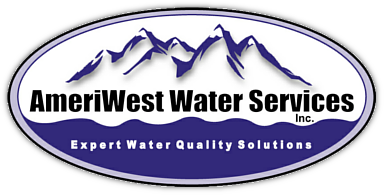HYDROGEN SULFIDE IN DRINKING WATER
The presence of hydrogen sulfide in drinking water is usually the result of biological sulfate reduction. Sulfate is used as a source of energy for microorganisms. Sulfate reducing bacteria (SRB) are serious nuisance organisms in water because they cause taste and odor problems as well as corrosion. These organisms create smells like “rotten eggs,” initiate corrosive processes in metal fittings and react with dissolved metals, such as iron, to generate black deposits. It is interesting to note that SRB are not the only organisms to cause odors, several genera of coliforms can also create rotten-egg smells.
Usually these described events suggest a situation in the aquifer or source water where oxygen has been lowered or removed and allowed the SRB to take hold and dominate. SRB protect themselves by cohabiting slime and turburcles with other slime forming bacteria such as iron related bacteria (IRB).
Rotten-egg smells occur more commonly with ground water when a well is not used for an extended period of time, allowing anaerobic conditions to occur.
Identification:
The following is a taxonomic listing of the major genera of sulfur bacteria associated with potable water.
-
Sulfate-Reducing Bacteria (SRB)
Desulfovibrio, Desulfotomaculum
-
Sulfur-Reducing Bacteria (SRB, but use sulfur)
Desulfuromonas
-
Sulfur-Oxidizing Bacteria (produce acidic products)
Thiobacillus
-
Colorless Sulfur Bacteria (need hydrogen sulfide)
Beggiatoa, Thiothrix
-
Sulfur Oxidizing Photosynthetic Purple and Green Sulfur Bacteria
Chlorobium, Chromatium
Control Strategies:
Control can be difficult due to the protected growth of the bacterial colonies. Thorough flushing and cleaning of the system, maintaining the highest doses and the longest contact time with a disinfectant is the best start for control. Increasing dissolved oxygen can also help. Finally, an ongoing application of pH controlled disinfectants and biofilm penetrants (dispersants, surfactants, antiscalents etc.) will help clean and minimize the negative effects of SRB and IRB.
Reference: Problem Organisms in Water: Identification and Treatment. American Waterworks Association ‘Manual M7 1995.
